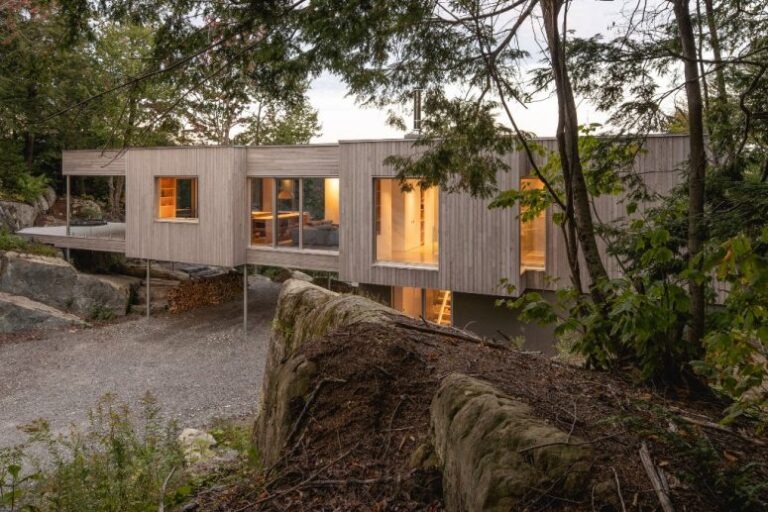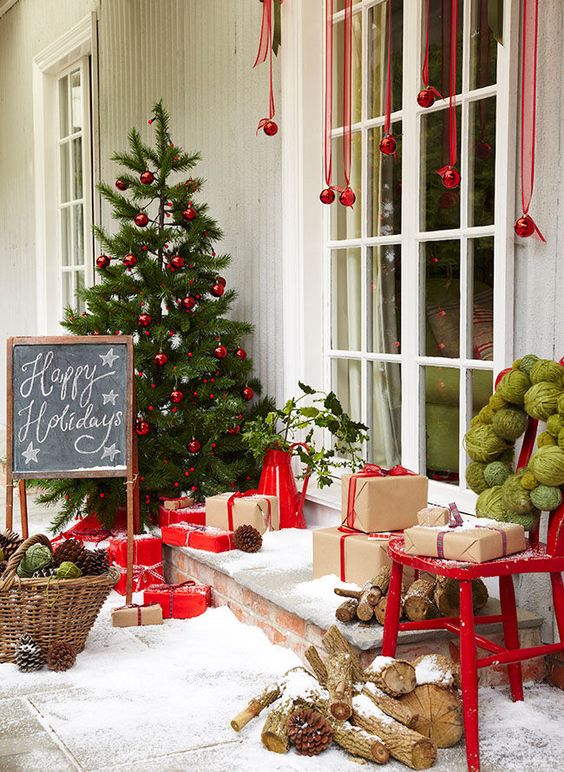Converted Church Kitchen Redo | Apartment Therapy
We independently select these products—if you buy from one of our links, we may earn a commission.
In creating a dream home, sometimes you have to think outside the box and see potential in run-down fixer uppers or strangely laid out homes. And sometimes, you have to think really far outside of the box, like Suzy Batiz did in renovating her home, which started its life in the early 1900s as a Methodist church. Batiz, who founded both Poo~Pourri and cleaning brand supernatural, is used to thinking creatively—but when she purchased a 100-year-old church to call home, she definitely had her work cut out for her.
Fortunately, some of the necessary changes had already been made to the church before Suzy stepped foot inside. The previous owner had already started the process of converting the church into a residence, so when Suzy moved in, there was an open kitchen where the altar once was. Since it was technically fine and functional, Suzy says, “I tried to convince myself that I could live with the kitchen as it was from the previous owner even though it was so far from my personal style.” So while the rest of the renovations were starting on the space—including bedrooms, bathrooms, and a gorgeous open living room—the kitchen remained untouched. After the rest of those were done, though, Suzy realized the kitchen didn’t fit in—so she dove into renovations for that, too.
Suzy worked with local designer Allie Hill and architect Robert Romano to reimagine the cook space, hoping to take it from dark and dull to bright and airy. “There were parts of the church that were dilapidated and urgently needed TLC and others that didn’t match my taste or vibration,” Suzy says. “I wanted a space that was filled with love and light and a lot of the existing design was dark and heavy, so I made changes to reflect my style.”
In the process of renovating, Suzy wanted to keep as many original features intact as possible in an effort to honor the church’s origins and history. In the kitchen, that meant keeping the altar’s gothic arch-detailed woodwork intact, as well as the balcony above. “The kitchen is where the altar of the church once was, the ultimate gathering space for love, laughter, connection, growth and higher purpose,” Suzy says. “My main goal was to preserve that holy aura and keep it as a sacred gathering space filled with that same love, laughter, connection, growth and higher purpose. I’d say we accomplished the goal because when we host events, no matter how many tables or activities are set up, the party hub always ends up being in the kitchen!”
The renovations for the kitchen took about three months in total, and involved replacing the dark wood cabinets with bright white ones, as well as swapping out the speckled granite counter for more serene white and gray marble. “Everything came together once I picked those marble pieces out,” Suzy says. Painting the walls and the base of the altar helped make the wood trim around the giant arch and along the ceiling pop—bringing that original character to the forefront. Another cool detail: The new bar countertops are made from the church’s old benches.
In the places were Suzy wasn’t able to take advantage of original features, she sourced designs and materials that felt authentic to the style of the church—for instance, the new balcony above the sink that’s now lined with a gothic arch-patterned railing.
Behind the sink, Suzy hung a decorative metal grate embellished with a poem by 14th century Persian poet Hafiz. Her daughter hand-wrote the poem, which was then laser cut into the metal for a sentimental piece of artwork that’s durable enough to keep in the kitchen.
One of the hardest things about renovating in a church space was keeping the dust and debris contained, Suzy says. “Because the space is so expansive (the ceilings are 25 feet high!) it was hard to ensure that particles from sanding and other work didn’t leak into the rest of the house,” she says. “We had to completely close off the kitchen workspace with a tent and we closed off all air vents.”
“When I bought my house, this spot was nothing but a big, blank hole,” Suzy says. “It’s such a special upgrade to me and reflects my space in a larger sense–that every element, every corner is deeply meaningful to me. I don’t choose pieces or designs because they’re trendy, famous or anything of the like. Each element of my house is deeply personal, and this element in particular is especially so.”
For anyone looking to embark on a similar project of converting a church or other non-residential space into a home, Suzy warns to be prepared for the process to take longer and cost more than you think. “The most important thing is to make sure that you have the right contractors in place. Choose partners that will be flexible and open to creativity, exploration and play.” And, of course: “The other important advice I’d offer is to really focus on what YOU like, regardless of what anyone else suggests. Be okay with saying no and don’t design so that it looks good for everyone else. Design so that your space makes YOU feel good, so that it makes you feel alive.”





Leave a comment